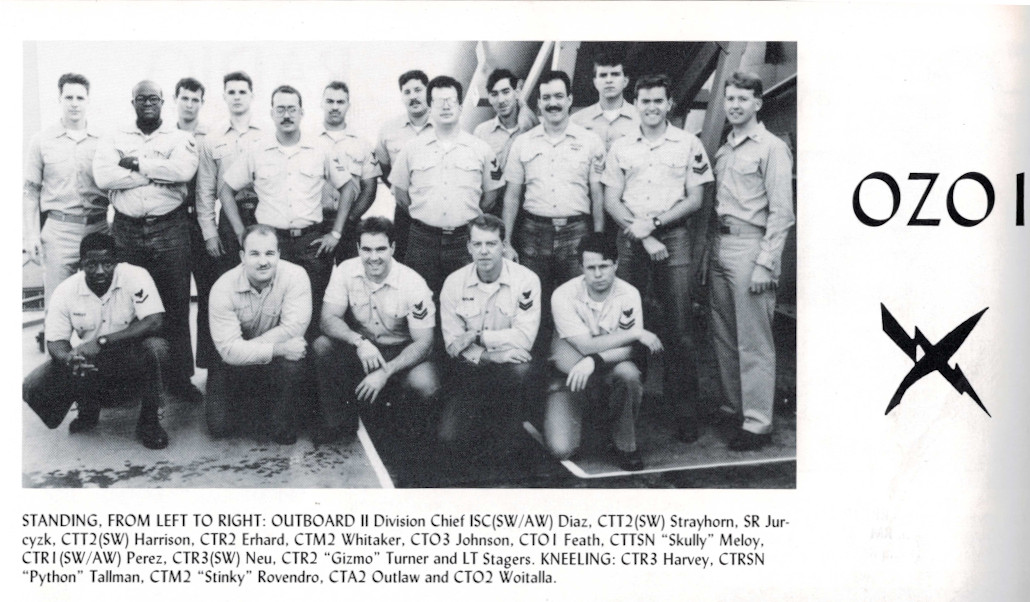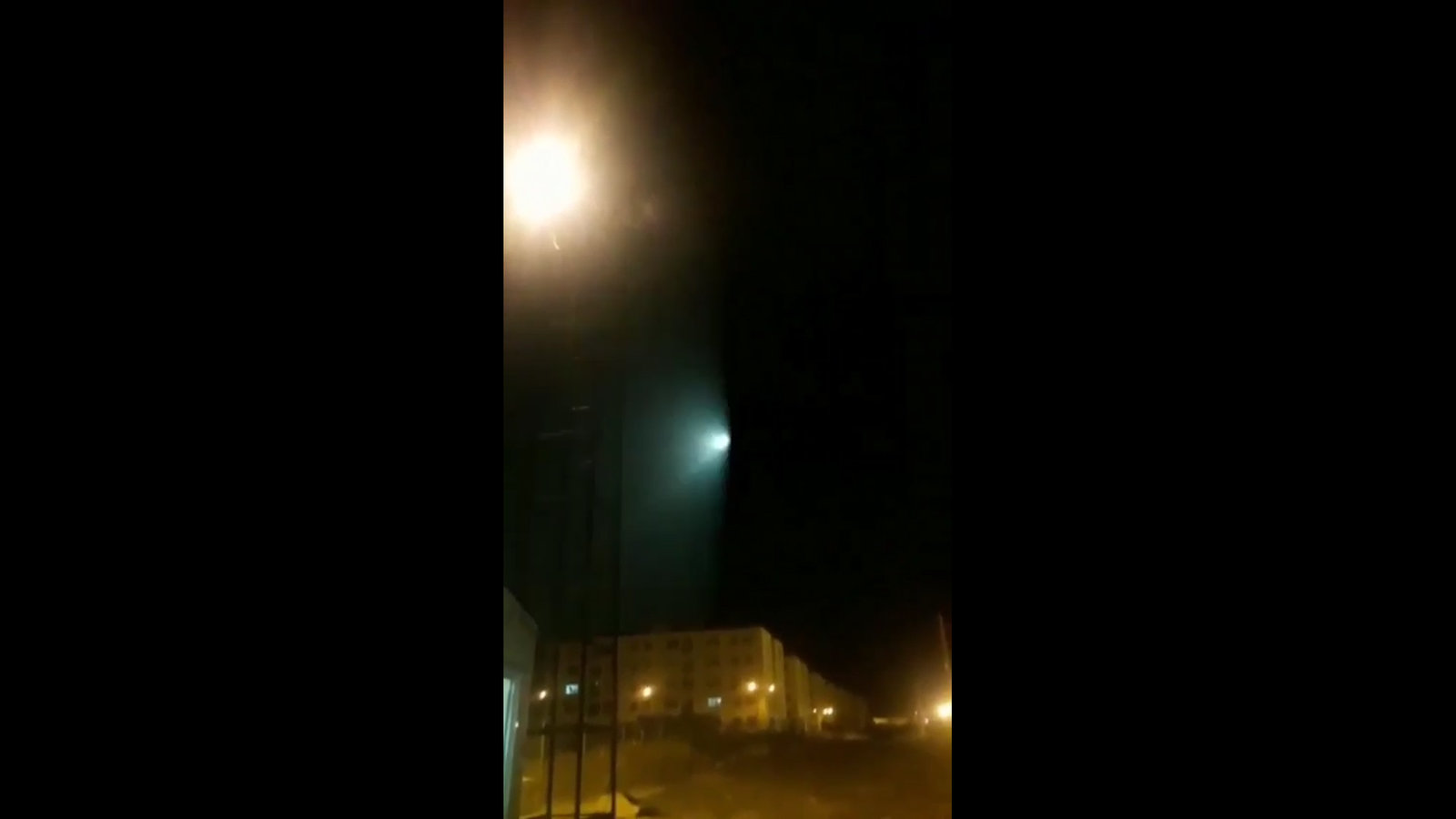
USS Elliot (DD-967) in North Arabian Gulf, circa 1998
John Steinbeck spent a few weeks aboard a destroyer in World War II, the USS Knight (DD-663), and wrote this ode to destroyers called “A Destroyer” in 1943. It appeared in a collection of his dispatches published in 1958 in a book called Once There Was a War.
I think it sums up life on a destroyer quite well.
A destroyer is a lovely ship, probably the nicest fighting ship of all. Battleships are a little like steel cities or great factories of destruction. Aircraft carriers are floating flying fields. Even cruisers are big pieces of machinery, but a destroyer is all boat. In the beautiful clean lines of her, in her speed and roughness, in her curious gallantry, she is completely a ship, in the old sense.
For one thing, a destroyer is small enough so that her captain knows his whole crew personally, knows all about each one as a person, his first name and his children and the trouble he has been in and is capable of getting into. There is an ease on a destroyer that is good and a good relationship among the men. Then if she has a good captain you have something really worth serving on.
The battleships are held back for a killing blow, and such a blow sometimes happens only once in a war. The cruisers go in second, but the destroyers work all the time. They are probably the busiest ships of a fleet. In a major engagement, they do the scouting and make the first contact. They convoy, they run to every fight. Wherever there is a mess, the destroyers run first. They are not lordly like the battleships and the men who work them are seamen. In rough weather they are rough, honestly and violently rough.
Continue reading →




/arc-anglerfish-arc2-prod-mco.s3.amazonaws.com/public/4UHNKFAFMVBL5IK7BWZVVR3MOQ.jpg)


